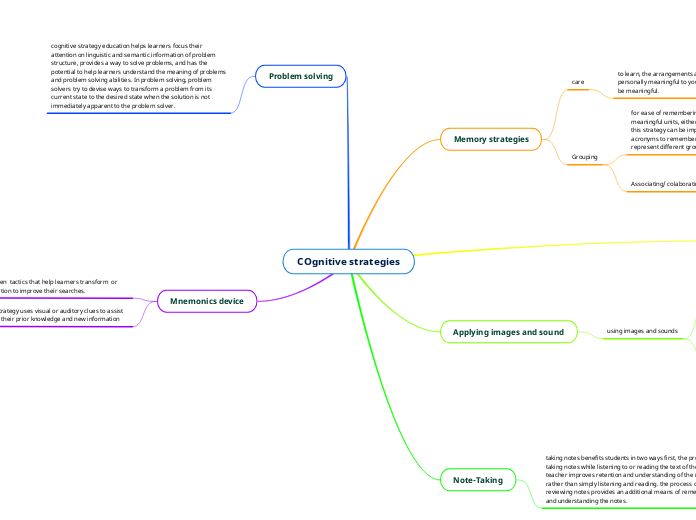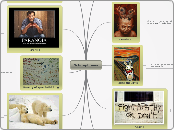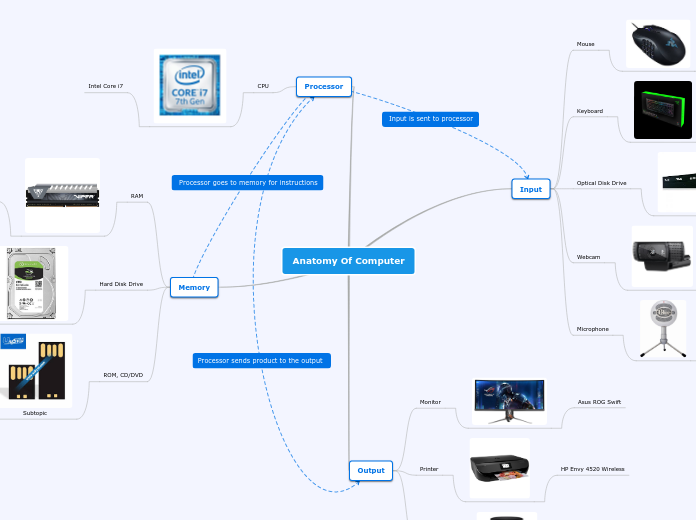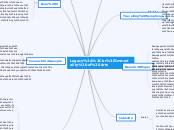COgnitive strategies
Mnemonics device
The mnemonic strategy uses visual or auditory clues to assist learners connect their prior knowledge and new information
Are memory driven tactics that help learners transform or organise information to improve their searches.
Problem solving
cognitive strategy education helps learners focus their attention on linguistic and semantic information of problem structure, provides a way to solve problems, and has the potential to help learners understand the meaning of problems and problem solving abilities. In problem solving, problem solvers try to devise ways to transform a problem from its current state to the desired state when the solution is not immediately apparent to the problem solver.
Note-Taking
taking notes benefits students in two ways first, the process of taking notes while listening to or reading the text of the teacher improves retention and understanding of the notes, rather than simply listening and reading. the process of reviewing notes provides an additional means of remembering and understanding the notes.
Applying images and sound
using images and sounds
Associate new linguistic information with a meaningful visual image, either in actual drawing with the concept in mind or memory. This strategy can be used to memorize abstract words by associating them with visual symbols or images of concrete objects.
Using text maps
Place words in images with important concepts in the centre or top of the page. This strategy includes meaningful images, groups, and associations . Visually show how specific word groups relate to each other.
The first step is to identify familiar words in your language that sound like new words. This is an auditory connection. The second step is to create an image of the relationship between the new word and the familiar word . This is a visual connection.
using key words
Repetition
Through repetition, the skill is practiced, practiced, and gradually simplified over time. As learners improve, he or she no longer has to consciously think about the skills, Freeing up mental resources to learn new skills and concepts
Memory strategies
Grouping
Associating/ colaborating
create an association in memory. New information can be associated with concepts that you already have in mind, or one information can be associated with another. The association may be between two things like bread and butter, and they can be in form of multipart development.
for ease of remembering, classify or reclassify materials into meaningful units, either mentally or in writing. The power of this strategy can be improved by labelling groups, using acronyms to remember groups, or using different colours to represent different groups.
care
to learn, the arrangements and associations must be personally meaningful to you and the material reviewed must be meaningful.









